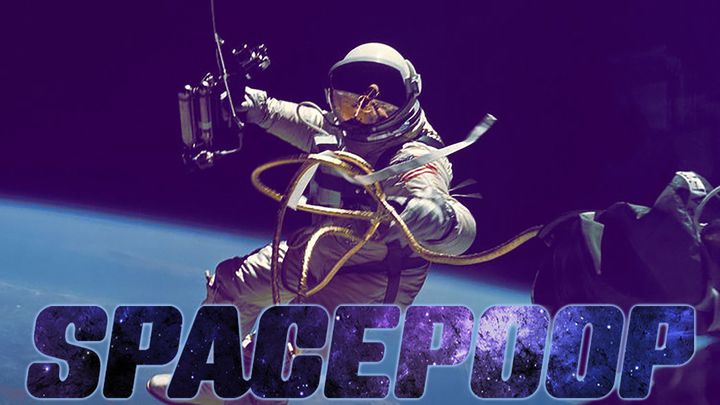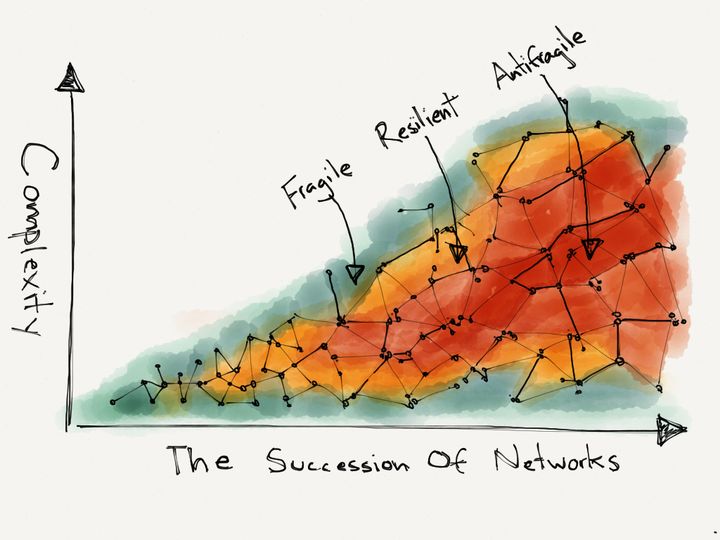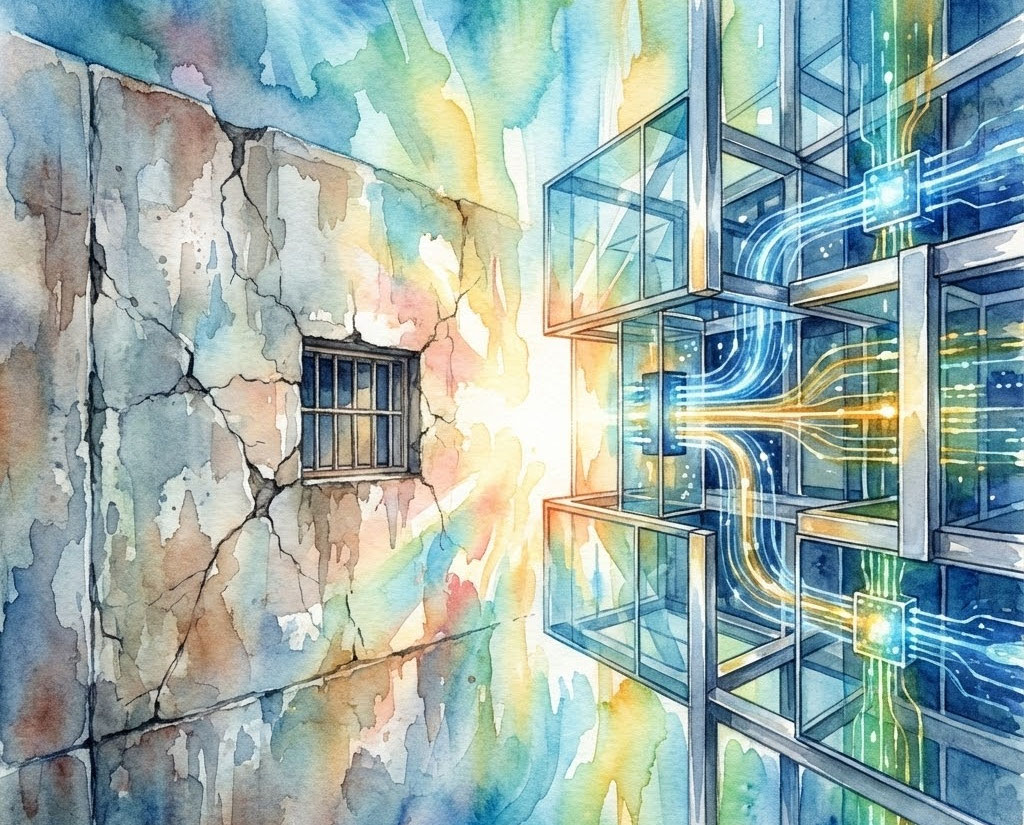
When we think of space travel, we often imagine the excitement of discovery - the thrill of walking on Mars, exploring the surface of the moon and the stunning views of Earth from afar. But beyond the wonder lies an invisible danger that doesn't get enough attention, space radiation.
As humanity sets its sights on missions to Mars and beyond, one of the most formidable challenges isn’t mechanical failure or running out of food, it’s the radiation that bombards astronauts once they leave the safety of Earth’s magnetic field.
What is Space Radiation?
Earth’s magnetic field and atmosphere serve as a natural shield, protecting us from most of the harmful radiation zipping through space. But beyond low Earth orbit, where the International Space Station comfortably resides, that protection fades.
Unlike the radiation we encounter on Earth (like X-rays or nuclear exposure), space radiation is made up of high-energy, heavy ions. These particles can penetrate spacecraft and human tissue, causing complex, long-lasting damage.
The Risks Humans Face
Radiation is most commonly linked to cancer, but in space, the dangers go far beyond that. A few scary life altering that have been linked back to space travel are:
- Cancer Risk: Long-term exposure to galactic cosmic rays significantly increases the risk of cancers, including those that are rare or aggressive.
- Cardiovascular Disease: Radiation can damage the lining of blood vessels, leading to a higher chance of heart disease and strokes.
- Cognitive Impairment: Studies on rodents have shown that space radiation can affect brain function, reducing memory, focus, and problem-solving skills. This is what NASA refers to as "space brain".
- Accelerated Aging: DNA damage from radiation may speed up biological aging, compounding long-term health concerns.
Forward Looking - What Can NASA Do?
One of the biggest challenges is that we can't simulate deep-space radiation perfectly on Earth. Researchers use particle accelerators to mimic parts of it, but they can't recreate the full spectrum or long-term exposure astronauts would face during a mission similar to a trip to Mars.
Also, radiation protection in space isn’t as simple as strapping on lead shields. Materials must be lightweight and strong enough to block high-energy particles. Right now, there’s no one size fits all answer to the issue.
NASA recently launched their MUREP Partnership Learning Annual Notification (MPLAN) Initiative where they are turning to the crowd in hopes of solutions and support for issues like space radiation exposure. MPLAN 2025 is soliciting research papers that fall within the outlined topic areas, one of them being the Space Operations Mission Directorite, responsible for enabling sustained human exploration missions and operations in our solar system. If you have any ideas that would support their mission, visit the challenge page linked above!
Deep-space exploration is not just a test of engineering, it's a test of human biology. Radiation may be invisible, but its impact is profound, potentially affecting the minds, hearts, and lives of astronauts long after they return to Earth. Addressing the hidden risks of space exploration is more critical than ever.








